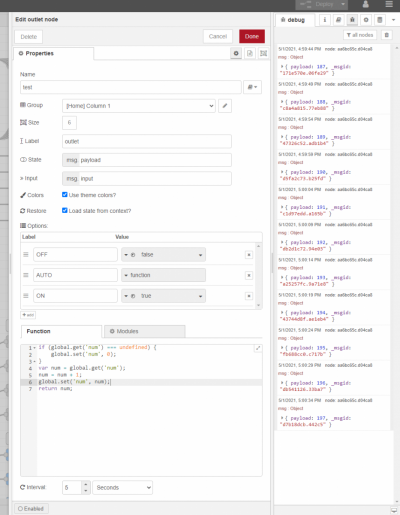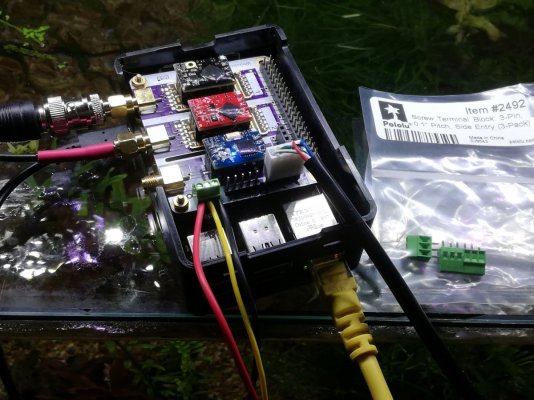- Joined
- Mar 19, 2020
- Messages
- 37
- Reaction score
- 40
Can you expand on the name changing with Termite? I wasn't aware the burned in data could be changed.
Maddy,
You can't change the 'Device' that you receive when you query the EZO circuit using i <cr> command. Think of the burned in 'Device' parameter as more of a Device Type or Object Type. So every RTD EZO circuit will have a Device or Type of 'RTD'.
However, you can change the 'Name' parameter. Think of the 'Name' as the Device Instance or Object Instance. So you could have two RTD Types... both would have a 'Device' of RTD, but one could have a 'Name' of TankTemp and the other could have a 'Name' of StorageTemp, to cite an example.
The command for name is Name,zzt <cr> if you query the EZO circuit using Name,? <cr> you will receive ?Name,zzt. So in my example above I'd use Name,TankTemp <cr> and Name,StorageTemp <cr>.... then when Scanning I would issue the Name,? <cr> command for each IP address encountered (in the same manner that you are fetching Device with the i <cr> command).
I use Termite (a lightweight RS232 terminal, www.compuphase.com) and one of the Atlas-Sci USB EZO Carrier boards to do the initial setup. You start with the EZO circuits in UART mode and place them in the Carrier board and plug a USB cable from your laptop/PC into the Carrier board... (It's an ODD style of USB header so you'll need to go through your kit to see if you've go it). Generally, Windows will assign COM3 to the virtual serial port and just have Termite connect to that COM3 using basic 9600,8,1, none,none settings. It's also during this setup where I would change the I2C address for the 2nd Instance of a Type, rather than have duplicates of the that type's default address on the Bus. So perhaps TankTemp keeps the 102 Default, but StorageTemp is assigned a new I2C of 92. It's the Dosing Pumps where this scenario is most likely.... as most will do a minimum of Macro/Micro nutrient dosing..
The DataSheets only show the Name command available for UART connections. However, the commands work under I2C as well. I verified with Jordan and Ephraim that they were going to keep that working as they recognized a scenario where scanning the bus and dynamically obtaining Types and Instances was a good thing..




















